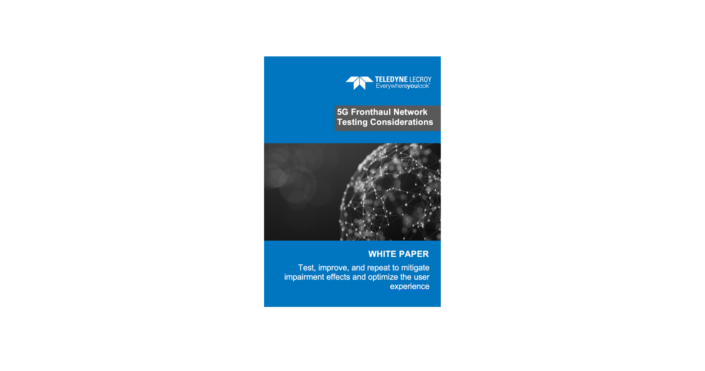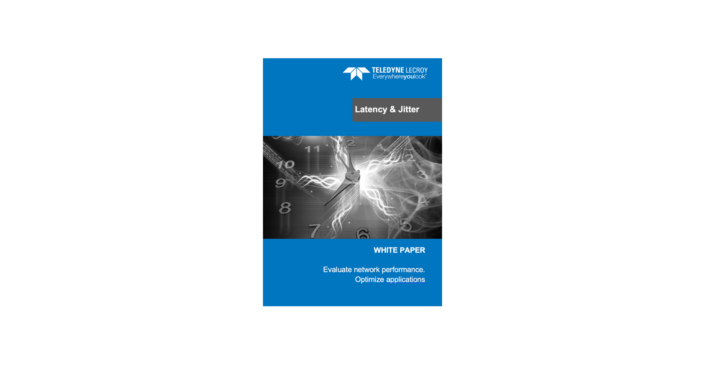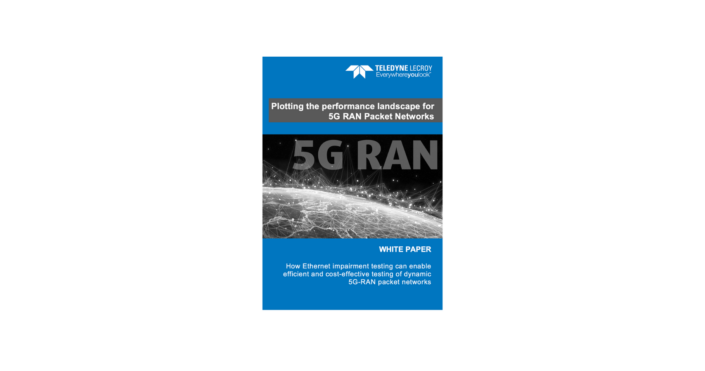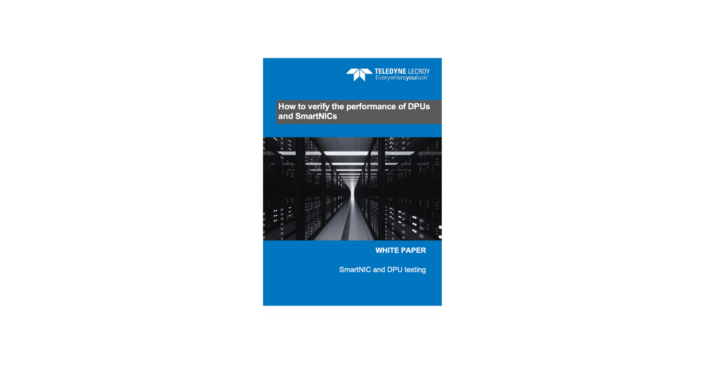
Award Winning Solutions
Xena has won multiple global awards for price/performance and technical innovation. Learn more.

Technical Expertise
Copyright © 2009-2024 Teledyne LeCroy Xena ApS, Denmark
O-RAN Alliance’s specifications (O-RAN.TIFG.E2E-Test.0-v03.00 and O-RAN.WG5.IOT.0-v05.00) specifically mention network emulators for effective testing.
Some of the test cases in O-RAN.TIFG.E2E-Test.0-v03.00 using impairment testing are:
These directly relate to latency testing of the Open Fronthaul interface between the O-RU to O-DU and the mid-haul interface between the O-DU and O-CU. These test cases determine the impact on network throughput as the network delay increases. The test system increases the network delay to find when the throughput drops to 30% of the peak throughput.
Xena’s solution for impairment testing of 5G O-RAN networks is called E100 Chimera. Flexible, easy to use and cost-efficient, E100 Chimera is available as a stand-alone impairment tool or as a test module that integrates seamlessly with Xena Traffic Generators. This is a unique feature that lets you speed up your workflow by using the same test system to both generate and impair Ethernet traffic.
E100 Chimera supports true wire-speed impairment at 10, 25, 40, 50 and 100Gbps. It also provides the highest port density in the industry – up to 48 ports in one chassis. Plus it allows test engineers to reserve individual port-pairs without blocking access to other ports.
E100 Chimera makes it easy to add a broad range of impairments to incoming traffic to emulate various conditions. Each traffic flow is prioritized and processed in order of priority.
Also included with the E100 Chimera is a Command Line Interface (CLI) for automated scripting supporting multiple concurrent sessions. In addition to CLI, Xena OpenAutomation (XOA) provides native support for 5G O-RAN test cases, enabling easy integration into third party test systems or automated test environments.
E100 Chimera supports a broad range of 5G O-RAN test cases that can be automated for concurrent testing. The test system creates network impairments so test engineers can monitor how the network equipment or applications perform and respond. This can be used to test virtual functions, like CUs and DUs, and their performance under various conditions.
E100 Chimera (P/N E100q Chimera) is available as a 2-slot test module for a XenaBay chassis (P/N B2400). Or as a quiet desktop-sized standalone chassis called the E100 Chimera Compact (P/N C-E100q Chimera)
Xena offers a selection of test modules for testing all Ethernet speeds from 10Mbps to 800Gbps.
When testing 5G O-RAN, we recommend the E100q Chimera network emulation test modules for impairment, paired with either our Z10 Odin or Z100 Loki Ethernet Traffic Generation & Analysis (TGA) test modules. Xena’s Z10 Odin test modules support Ethernet TGA up 10Gbps while Z100 Loki can be used for testing speeds from 10Gbps up to 100Gbps.
Xena’s test solutions include feature-rich software for generating Ethernet traffic and analyzing the result. The primary tool is XenaManager.
There are also test suites for running standard tests such as RFC2544, RFC2889, RFC3918 and Y.1564, and specialized AN/LT tests along with a comprehensive range of powerful scripting and test automation options such as Xena OpenAutomation (XOA), an open-source test automation framework featuring a Python API that runs on any OS.
Choose between the robust scalable 4U XenaBay with space for up to 12 test modules, or the small, easy-to-transport 1U XenaCompact with just one test module.
All our solutions include the Xena Value Pack which consists of 3 years’ SW updates, 3 years’ HW warranty, free online/email support for the lifetime of the product and free product training.
Together with our low port-pricing, this represents significant savings on the TCO of your Ethernet traffic generation and analysis solutions.





Looking for specific information? Like a quick guided demo? We'd love to hear from you!
Tell us what you need and we will put you in direct contact with the best qualified person to help you, whether it’s an engineer, a product manager or a sales representative.